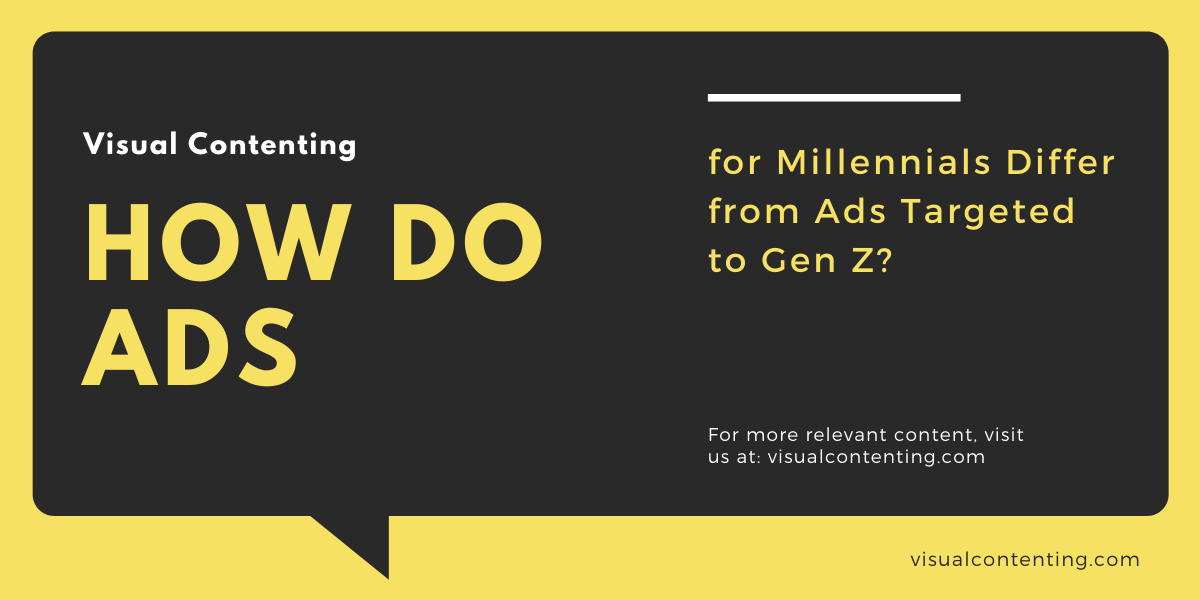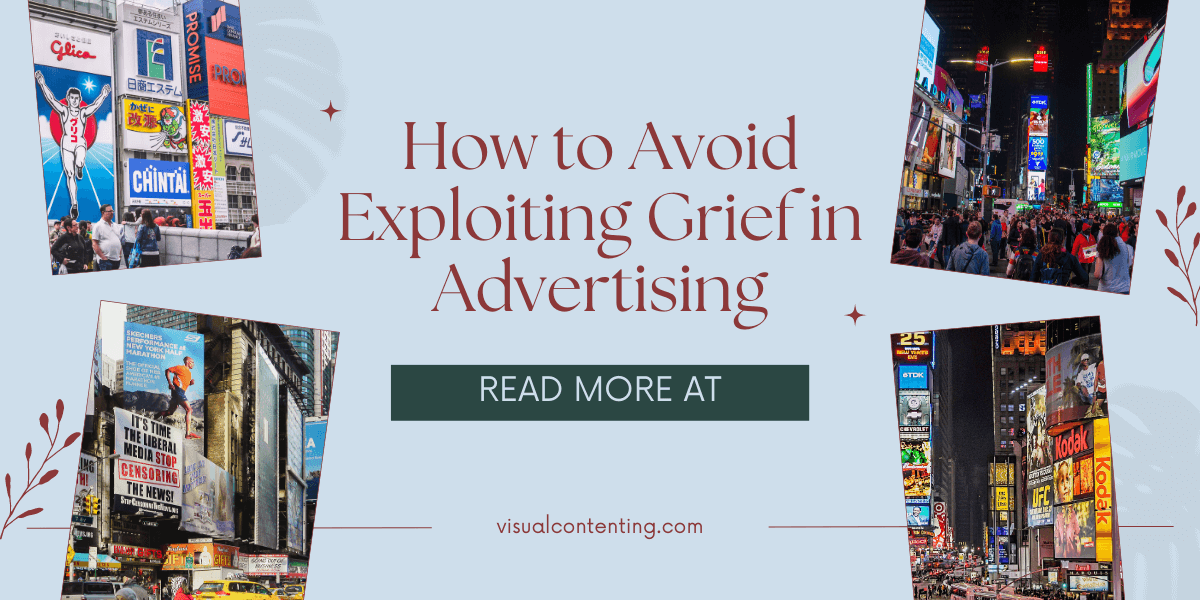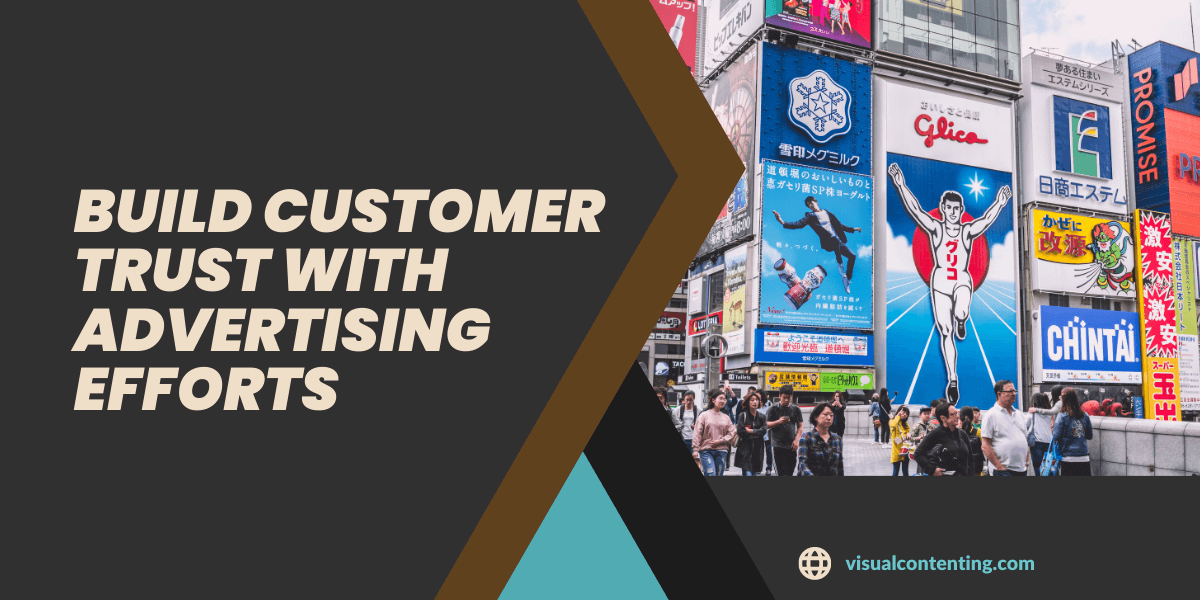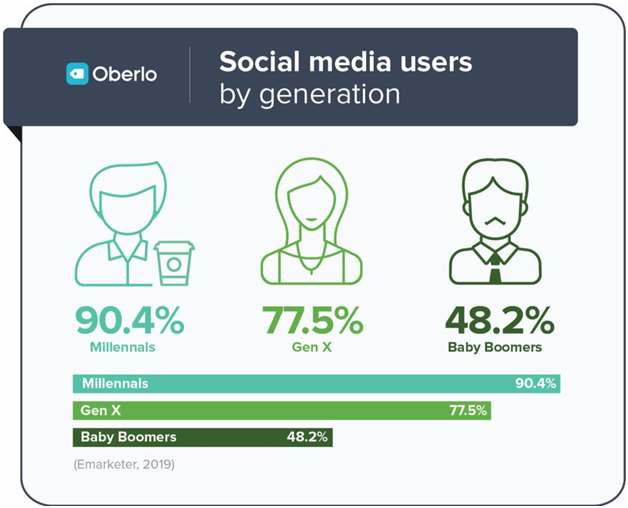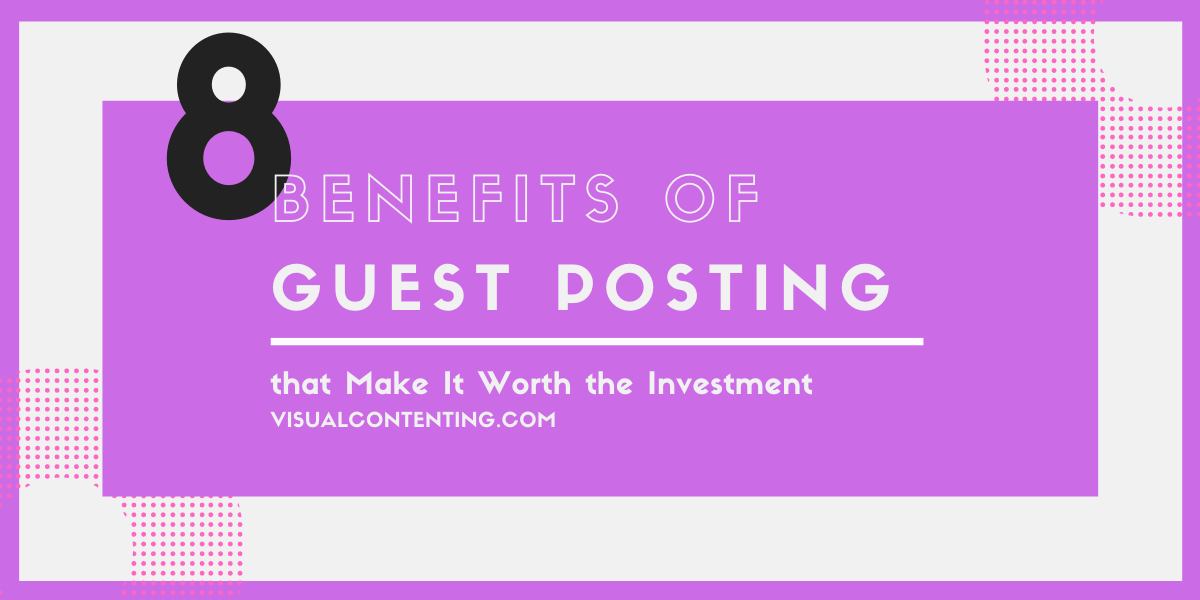Most Millennials (born 1981-1996) had some form of at-home access to the internet before leaving the proverbial nest, but still vividly remember the majority of advertising they were subjected to being on TV or the radio, and not the web. Gen Z (born between 1996 and 2010), on the other hand, have always lived in a world with smartphones, and are generally more tech savvy than their elder generational counterparts.
In the last five years, a shift from marketing targeting Millennials to that that appeals more to Gen Z has started taking place, and is expected to continue as the latter generation starts to enter the workforce and have more disposable income. Here is a look at some of the changes in advertising techniques that took place with Gen Z in mind.
Worldly Focus
With technology and web accessibility, there are plenty of negative things that happen like cyber-bullying and overexposure to things that most kids without tech wouldn’t be subjected to. But some other things that some kids wouldn’t have been subjected to, like global atrocities, implicit biases, and bigotry are easier to see with the internet, and that has molded a generation (Gen Z) of individuals who want to think bigger than themselves, and want to do business with people who do the same.
This began with Millennials, and most of the individuals in this demographic have some interest in things like sustainability and combating world hunger, but they don’t particularly fight those fights with their dollars. 55% of Gen Z, however, claim they will only do business with companies who are eco-friendly. With this in mind, the first step to be able to market to these individuals is to actually be eco-friendly, and the second is to tell them all about it via marketing.
Recommended: 5 Tips for Improving Inclusion in 21st Century Advertising
New Markets
The “what” in marketing isn’t the only thing that differs between advertising geared to Millennials and advertising geared towards Gen Z. Social media affords marketing teams near-endless new niches to explore and hopefully grow your brand. In 2020 alone, brands spent $84 billion on advertisements on Facebook, and ROI for these types of ads is generally pretty stellar. Facebook is still the social media kingpin, and used by people from all generations, but the others like Snapchat, Instagram, YouTube, and TikTok all have opportunities aplenty, as well. Marketing psychology would dictate that as these services grow, so will the opportunities to market on them.
Within these markets exist a few different ways of reaching your target audience. First, social media analytics make it extremely easy to see who ‘follows’ whom, and what the common interests are for groups of people who have a common interest (generally a celebrity). Being able to find a group of individuals who may all be interested in your product or service without leaving your desk is a business blessing that gets understated often.
Targeted ads on these services show up to users labeled as “sponsored content,” but the analytics allow you to continually mold where your messages go, to ensure the right eyes are seeing them. Generally these sponsored advertisements contain similar messages as ads your company would place in print or TV, though can be more geared for a younger audience without too much fear of pushing anyone away.
Another great marketing opportunity that exists for both Millennials and Gen Zers is through brand influence marketing. Instead of making your own message to share with these targeted markets, brand influencer marketing is having someone else, who the audience already loves, deliver your message for you. At roughly $10 per 1,000 followers, brand influence options exist for every single business, big or small, and determining who the followers of a given social media influencer are is where you find the greatest ROI on your brand influencer marketing. Finding someone who is very popular within a niche relative to your product, but not quite a household name is where you find the most success in brand influencer marketing.
Recommended: A Brief History of Influencer Marketing
Continued Shift
Sooner than later, Gen Z buying power will eclipse that of Millennials, and more and more investments should be made in tech-based advertising, and it’s a true win-win-win situation for advertising teams. It costs less, messages can be more demographically direct, and the reach can be much greater than TV or other marketing practices of the past.
Related Posts
Janice Cooper is a data visualization specialist and data scientist who is always looking to share statistical information on culture, current events and marketing.
